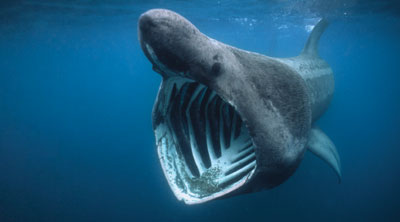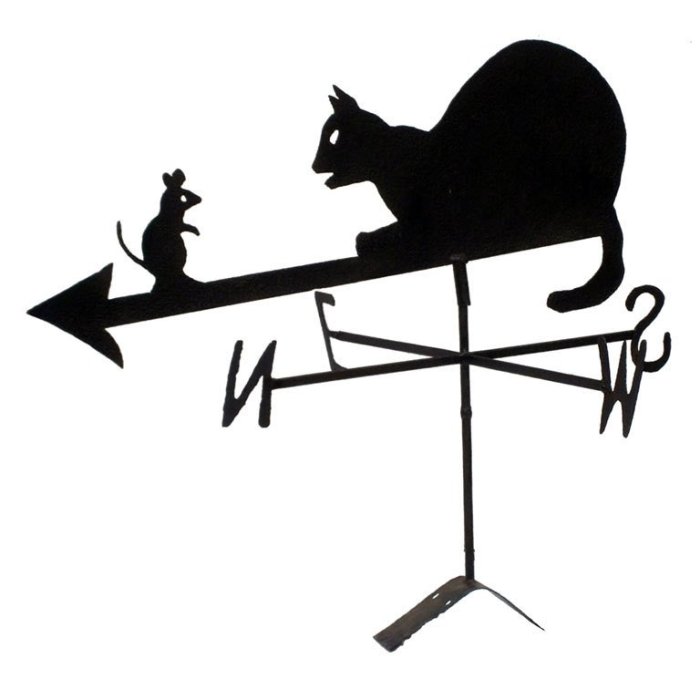So in the last post, we set the design of the tailplane. Because of the fin’s relative simplicity in function and design, we decided to slave much of its design to that of the tailplane.
For our purposes, we can pretty much just slap the fin on top and be done with it – same moment; same chord. Even the maths we need for shaping the fin is pretty much the same as with the tailplane.
Bask in that simplicity for however long you deem appropriate.

The size and location of the fin can be determined by the Fin Volume Coefficient. Remember our friend* the Tail Volume Coefficient?
Tail Volume Coefficient = (Tailplane Area x Tail Moment) ÷ (Wing Area x Wing Chord)
Replace anything that says “Tail” with “Fin”, and switch “Wing Chord” for “Wing Span”, and you’re good to go.
Fin Volume Coefficient = (Fin Area x Fin Moment) ÷ (Wing Area x Wing Span)
And… since we’ve already decided to just slap the fin on the tailplane, the fin moment is the same as the tail moment. We therefore have only two unknowns: Fin Volume Coefficient and Fin Area. We’re actually looking for Fin Area, so we really only need the Fin Volume Coefficient after all.
Aww yeah. Cue internet.
I’m seeing typical values of 0.02-0.04 for this type. It was a bit trickier finding firm (and relevant) sources than unusual, so let’s settle with the middle value and go for 0.03.
Fin Volume Coefficient = 0.03
You might have noticed that this number is much, much smaller than the tail volume coefficient Or you might not have done, and that is ok. This is a judgement-free place of learning. Shame does not apply here.
Thing is, the tailplane is constantly wrestling with the wing in an effort to keep the nose up (see stability posts for explanations of why). The fin is pretty much there to give the aircraft a weathercocking tendency to keep it flying straight. The only thing it has to counterbalance is the (much smaller) weathercocking effects of the wings.
How to explain… I guess we should look at the weathervane. You know how they tend to have that tail bit at the back?

That’s just there to cause a lot of drag, which will force the front to face into wind. If that tail wasn’t there, the arrow part at the front of the weathervane would be causing the most drag, basically causing it to become the new tail. Congrats; your weathervane is working backwards. Collect your dunce hat at the conclusion of this post**.
Same idea for the wings. If there wasn’t a fin, the wing would start acting like a fin and push the aircraft to follow the wind. Since aircraft need to be flying faster than the surrounding air to… you know, fly… as far as the wings are concerned, they will always be facing the wind. The wings will try to weathercock to be behind the centre of gravity, which means they will always be trying to turn off-course. This would be a terrible nuisance and also very dangerous.
Since wings tend to be pretty thin, they don’t present much of a frontal area for the wind to grab onto and forcibly yaw. This means the fin doesn’t have to fight very hard, especially as it’s placed well back from the centre of gravity (this is exactly what Fin Moment is). Thus, you can make the fin a lot smaller than the tailplane.
Anyhoo, let’s get back on track and plug in our values into the Fin Volume Coefficient formula.
0.03 = (Fin Area x 0.54) ÷ (1.5 x 0.27 x 1.5)
Remember, Wing Area = Wing Chord x Wing Span. Working the numbers down:
0.03 = Fin Area x (0.54 ÷ 0.61) –> 0.03 = 0.89 x Fin Area
And rearranging:
Fin Area = 0.03 ÷ 0.89
Fin Area = 0.034m^2
Now we know how large the fin has to be, we have to set its shape. Based on the previous post, we have to look up typical aspect ratios of fins and stuff, right?
Nope! Because we’re slaving the fin design to the tailplane (mostly out of laziness), we’ll just use the same chord, i.e.
Fin Chord = Tail Chord –> Fin Chord = 0.14m
And since Fin Area = Fin Chord x Fin Span:
Fin Span = Fin Area ÷ Fin Chord
Fin Span = 0.034 ÷ 0.14
Fin Span = 0.24m
We done.
Well, mostly. We still need to give the tail surfaces aerofoils (smaller aircraft could settle for just using planks, but we’d need some pretty big planks for our purposes), and there’s the detail of where exactly the tail is going to sit vs the wing (the tail/fin moments were distances set vs the centre of gravity, but we don’t know where exactly that is yet).
Otherwise… yeah. Good job?
And now to post the thing that has been running circles through my brain the whole time I’ve been writing this. Because I can.
*”Friend” being a relative term. A simple formula, being a non-physical concept, has no capacity for friendship, though it might be perceived as being a little less hostile than, for instance, being asked to derive the Bernoulli formula for lift. Ask your friends what a “friend” is. If you have no friends, I would suggest consulting the denizens of the internet. It’s probably best you don’t ask them to be your friends though. Internet people can be weird. Then again, physical people can be weird.
**This was in jest. You are a wonderful and intelligent person. Otherwise you wouldn’t be on this blog. And now we both feel better.